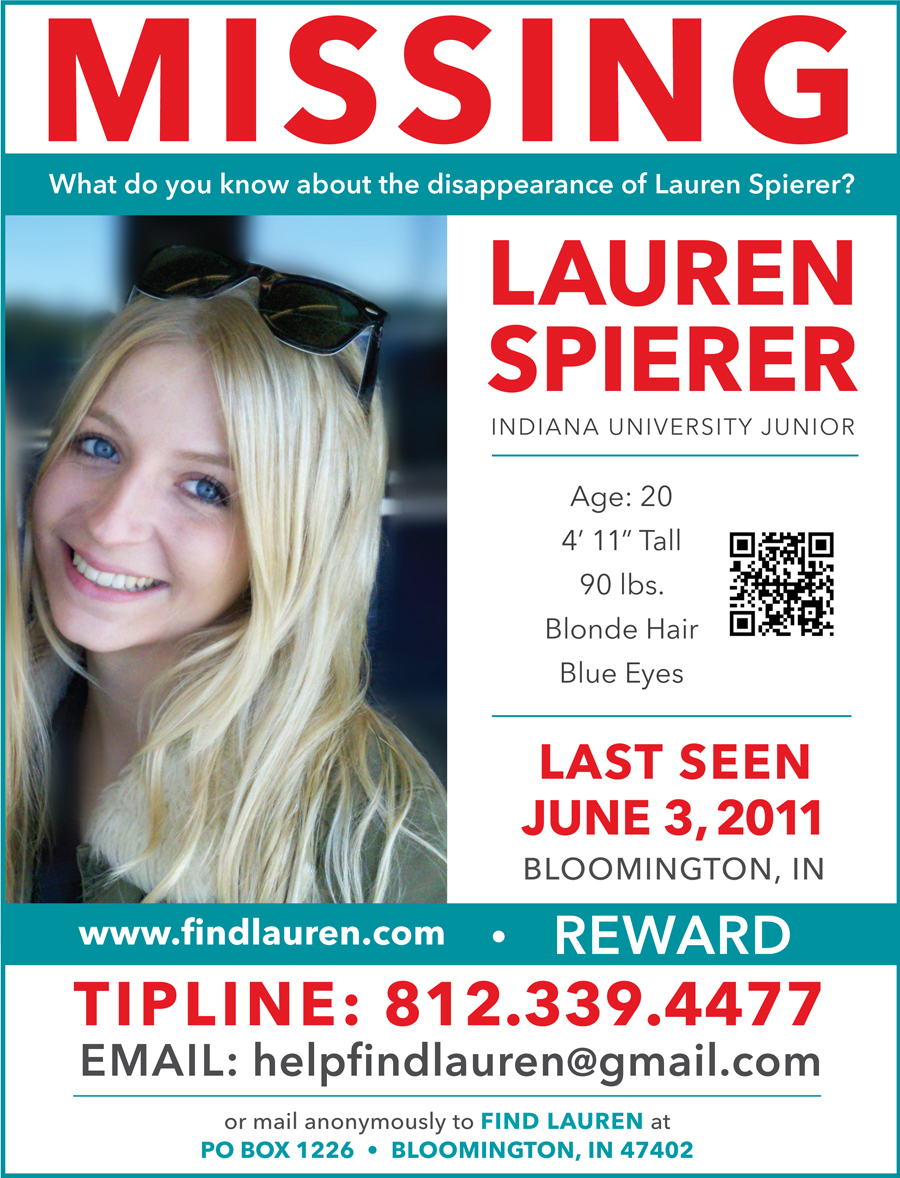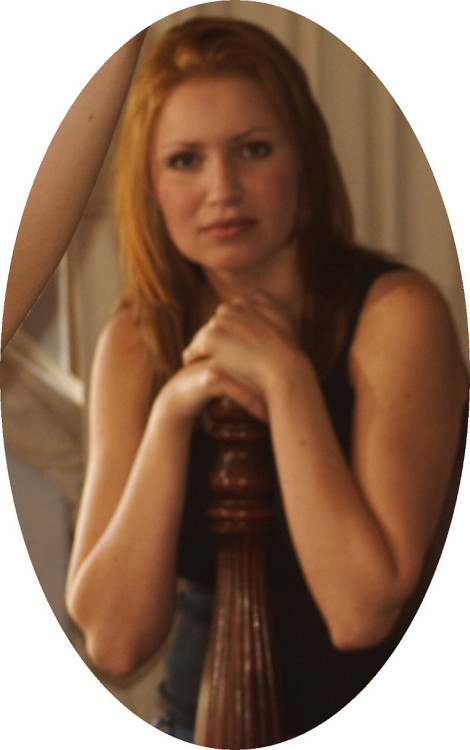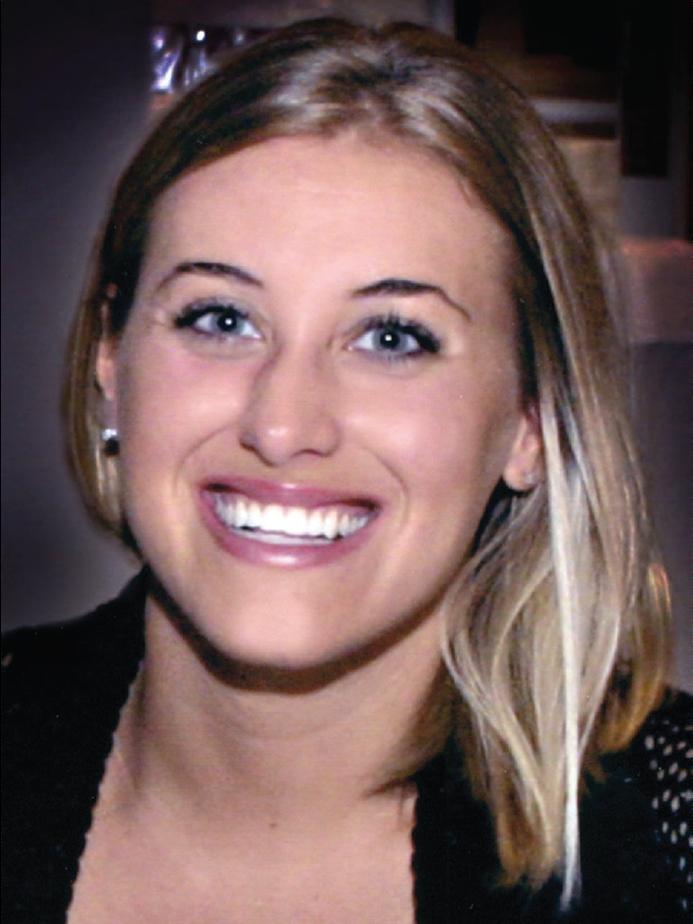As things are gearing up for the trial, I want to reflect on some of the issues that transpired during the past two-and-a-half years. On April 20, 2009, I published Casey Anthony must die! on my old WordPress blog. Four days short of one year later, Casey’s defense team filed a motion demanding that the Honorable Judge Stan Strickland step down from presiding over the murder case. This article was cited by the defense as the primary reason why Judge Strickland would not be able to judge fairly. Poppycock! The judge never read that post or any of the others the motion cited. Also, had Jose Baez and, particularly, Cheney Mason fully read what I wrote, they would have discovered that the title had nothing to do with delivering Casey’s head on a platter of any kind.
Here is the defense motion, and here is Judge Strickland’s order granting the motion. Incidentally, the date I was called up in front of the judge was October 16, 2009, a FULL SIX MONTHS before the recusal motion was filed.
On the WESH Website, Richard Hornsby said on the day the motion was filed, “There is little doubt that one day the defense will look back on the motion (as) the worst move they’ve made,” He added that, “Judge Strickland has previously shown a fairness to Casey in the way he sentenced her in the check case, and now they don’t know who their judge will be.”
Anyone who reads my articles should know by now I am not a proponent of the death penalty. Incidentally, this was written before Casey was declared indigent. Also, the electric chair was taken out of commission and injection is today’s method of execution.
Casey Anthony must die!
From the Florida Department of Corrections Web site, here are some fun facts:
The case of Furman vs. Georgia was decided by the Supreme Court of the United States (SCOTUS) in June 1972. In that landmark case, the Court held that capital punishment was unconstitutional and struck down state death penalty laws nationwide. As a result, the death sentences of 95 men and 1 woman on Florida’s Death Row were commuted to life in prison. However, after the Furman decision, the Florida Legislature revised the death penalty statutes in case the Court reinstated capital punishment in the future. In 1976 the Supreme Court overturned its ruling in Furman and upheld the constitutionality of the death penalty in the case of Gregg vs. Georgia. Executions resumed in Florida in 1979 when John Spenkelink became the first Death Row inmate to be executed under the new statutes.
In January 2000, the Florida Legislature passed legislation that allows lethal injection as an alternative method of execution in Florida. Florida administers executions by lethal injection or electric chair at the execution chamber located at Florida State Prison. The three-legged electric chair was constructed from oak by Department of Corrections personnel in 1998 and was installed at Florida State Prison (FSP) in Starke in 1999. The previous chair was made by inmates from oak in 1923 after the Florida Legislature designated electrocution as the official mode of execution. (Prior to that, executions were carried out by counties, usually by hanging.) The apparatus that administers the electric current to the condemned inmate was not changed. It is regularly tested to ensure proper functioning.

- Old Sparky - made of oak constructed by inmates
OR

- Gurney used for lethal injections
Since the middle of July of last year, the name Casey Marie Anthony has permeated the airwaves, earwaves and print media of this country and many parts of the civilized world on a daily basis. Every day, something must be reported on the case against Casey, and no one has titillated more than Nancy Grace. All of her loyal followers must be tickled pink since the State Attorney’s Office of Florida announced last week that the prosecution will seek the death penalty against her for the murder of her daughter, Caylee Marie. State Attorney Lawson Lamar’s office said they want to kill Casey because, as the official explanation says, “sufficient aggravating circumstances” have come to light. Please take note that Lamar did not ask for the same thing against George, Cindy and Lee and some of you won’t sleep until the entire family is dead by the wheels of justice. How ironic that nearly 2,000 years ago and for hundreds of years, the idol worshippers of Rome demanded the heads of Christians as they begged for their lives. Now, it is the Christians making the same kinds of demands. There should be no trial. Casey Anthony must die! I am not going to delve into the pros and cons of this sort of punishment and I don’t really want to hear opinions one way or the other. This article is meant to just give you a taste of things to come.
Sentencing Casey to death might be what minions of people from around the globe are hoping for, but Lamar knows it’s no easy task. Here is a case I remember well: On November 25th 1998, police were called to the Central Florida home of Kayla McKean and told that she was missing. They began a search and as the story hit the news, hundreds more people gathered to help. Countless people spent Thanksgiving Day searching and continued through the weekend to no avail. On Monday, November 30, searchers were ready to begin again when Kayla’s father, Richard Adams, came forward and confessed that he had killed her the previous Tuesday in a fit of rage because she had soiled her underpants. In his confession, he told police where her little battered body was buried. Kayla’s stepmother, Marcie Adams, took police to the Ocala National Forest where Richard buried her. He was immediately arrested on charges of first-degree murder, aggravated child abuse, tampering with evidence and medical neglect. Like Casey, he faced the death penalty, but on May 15, 2000, Adams was sentenced to life without parole, plus 28 years. Because of her death, Florida enacted the Kayla McKean Child Protection Act.
Casey’s team will go to trial with a credible cast of legal experts, something Adams did not have. Although you may scoff at Jose Baez’s credentials, he’s got some strong talent behind him, including New York defense attorney Linda Kenney Baden [not now], famed criminologist Dr. Henry Lee [today, it was announced that Lee would not testify at trial], forensic scientist Dr. Larry Kobilinsky and Todd Macaluso [nope!], who excels at cross-examining technical experts. This will make the death penalty a tough win for Lamar, and he’s got to be concerned.
Some people feel this is nothing more than an old prosecutor’s trick. Well known law professor Alan Dershowitz, of Harvard Law School, claimed that Texas prosecutors used the same ploy to get a conviction against Andrea Yates, who drowned her 5 children in 2001.
“The prosecutors… never really expected, nor even wanted, the jury to return a death sentence,” Dershowitz wrote. “They manipulated the death sentence processing order to get a pro-prosecution jury, more likely to reject the insanity defense and return a verdict of guilt. This tactic, well known to those who practice criminal law, is becoming more widespread in states which authorize the death penalty.”
In Yates’ case, her conviction was overturned on appeal and she was ruled not guilty by reason of insanity. Because of the nature of choosing juries in death penalty cases, a potent problem exists for the defense. The selection process may give potential jurors an impression of guilt by merely asking for death instead of a lesser penalty. Ultimately, the State Attorney’s Office may be looking for a plea deal now that Casey faces being strapped down on a gurney to one day be fed intravenous shots of killer medications. No doubt, this will be a very long and costly trial since it doesn’t look like Casey is readying herself for some sort of confession. With this in mind, let’s examine how the death penalty works in Florida.
First off, death penalty trials are not cheap. The stakes are much higher because we are talking about taking a life. Because of that, more motions are filed, more interviews are conducted and lots more research is performed. The possibility of execution will prolong and complicate this trial and make it 10 times more expensive for the prosecution and defense than a maximum life in prison sentence.
Capital punishment cases need a very select type of person to sit in the jury box because they must be willing to sentence someone to die. Also, cases like these are two-parted: the guilt/innocence phase and the penalty phase, and that could almost double the length of the trial. Time costs money.
Unlike non-death penalty cases where potential jurors are questioned in groups, these jurors are interviewed individually. Sometimes, a process like this can take weeks. Once a jury is seated, the trial begins with the guilt/innocence phase, and like any other criminal trial, the state presents its case and the defense does its best to poke holes in the evidence presented against their client. After that, the jury decides guilt or innocence and if found guilty, the trial moves into the second stage, the penalty phase.
You’ll notice that in the State Attorney Office’s explanation of why it asked for the death sentence, “sufficient aggravating circumstances” was cited. These aggravating factors, all outlined by law, must outweigh the mitigating circumstances as put forth by the defense. Aggravating factors would include whether the killing was committed in a cold, calculated and premeditated manner. Mitigating circumstances would encompass areas such as whether the defendant acted under duress and why this life should be spared. It becomes a second trial within the trial and it is where the costs really start to add up.
Most of the time, it’s the defense that has to work harder and spend more time working out the reasons to spare their client’s life. To prepare for this phase, they must do extensive research into that person’s background. They must dig up every school record, medical record, where they were born and what doctor delivered them. If mental health issues never factored into the main trial, they will here. Mitigator specialists may be called in. I’ll bet you never even knew this type of career exists. All of this is very time consuming and expenses can soar into the 100s of thousands of dollars for this phase alone, just to pay for experts.
As of today, with the trial set for mid-October and more likely to be a year or two away [BOY, WERE WE WRONG ABOUT THAT!], it’s impossible to say how much it will cost the state, but the bill will rise tremendously now that it has asked for the death penalty. Prosecutors’ spokesman Randy Means said that death penalty cases are not budgeted separately from other cases, but because they take longer, they cost more. Anywhere from 3 to 10 times more effort is put into this type of case. If the defense puts many experts on the stand during the penalty phase, the state must counter those arguments.
Many of those aggravators have already been shown during the guilt/innocence phase and the mitigating circumstances will need to be fought again, with new testimony. We, the taxpayers, must fund the state. The money set aside to prosecute cases has already been budgeted and because of this, it takes away from other trials. That means someone else might not be prosecuted to the fullest extent of the law. Keep this in mind as the state readies itself because prosecutors had better be sure they know what they are doing. Before you throw any “Lawson Lamar lament” my way, this is not meant to argue the pros and cons of the death penalty, nor is it to trash Casey for not fessing up. This is just to let you how the process works.
If she is found guilty and sentenced to death, she will go to the Lowell Correctional Institution Annex in Lowell, FL, outside of Ocala in Marion County. Her cell will be 6 x 9 x 9.5 feet high. She will be served meals three times a day, at 5:00 am, from 10:30 am to 11: am and from 4:00 pm to 4:30 pm. All food is prepared by prison staff and transported in insulated carts to the cells. Prior to execution, she will be able to ask for a last meal and the cost to prepare it must cost no more than $40.00 and all ingredients must be purchased locally. As for the final cost of arrest, trial, incarceration, appeals and execution, the price will run into the millions, a lot more than just a life sentence, and in the end, Lawson Lamar knows that a death sentence in Florida may end up being more about dying of old age in a stark jail cell than anything else.
To those of you so hellbent on Casey’s execution, I ask you where you were when Kayla McKean’s father sat on trial, charged with her brutal murder. I ask you where you were when he was sentenced to life instead of death. I guess you didn’t care. Perhaps that’s not it at all. Ten years ago, this precious child, every bit as beautiful and angelic as Caylee Marie, didn’t have Nancy Grace fighting for her. No Geraldo, no cable shows, no Internet and no public. Who cried for Kayla? Think about it.
 Tuesday, July 5, 2011 at 11:08AM
Tuesday, July 5, 2011 at 11:08AM  Dave Knechel | in
Dave Knechel | in  Capital Punishment,
Capital Punishment,  Casey Anthony,
Casey Anthony,  Caylee Anthony,
Caylee Anthony,  Cheney Mason,
Cheney Mason,  Chief Judge Belvin Perry,
Chief Judge Belvin Perry,  Dave Knechel,
Dave Knechel,  David B. Knechel,
David B. Knechel,  David Knechel,
David Knechel,  Frank George,
Frank George,  Jeff Ashton,
Jeff Ashton,  Linda Drane Burdick,
Linda Drane Burdick,  Marinade Dave,
Marinade Dave,  Marinade Dave Knechel,
Marinade Dave Knechel,  Marinade Dave’s Caylee Anthony Posts,
Marinade Dave’s Caylee Anthony Posts,  Orlando Magazine,
Orlando Magazine,  marinadedave |
marinadedave | 
































 LEGAL NOTICE
©David B. Knechel. All Rights Reserved. No portion of this site can be reproduced in it's entirety or in part without expressed written permission by the owner/administrator of this site in accordance with the Digital Millennium Copyright Act. Section 512(c)(3) of the U.S. Copyright Act, 17 U.S.C. §512(c)(3). The charges against defendants are mere accusations and the subjects are presumed innocent until found guilty in a court of law.
LEGAL NOTICE
©David B. Knechel. All Rights Reserved. No portion of this site can be reproduced in it's entirety or in part without expressed written permission by the owner/administrator of this site in accordance with the Digital Millennium Copyright Act. Section 512(c)(3) of the U.S. Copyright Act, 17 U.S.C. §512(c)(3). The charges against defendants are mere accusations and the subjects are presumed innocent until found guilty in a court of law.
